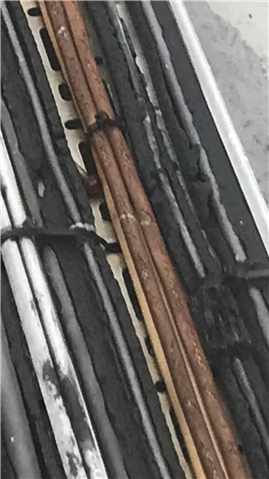Some MI (manufacturers instruction) for oven and/or hob state H07.
Some MI for Cooker Outlet Plate state T&E.
Some MI for the oven and/or hob/Cooker Outlet Plate lack any guidance and say consult a qualified electrician.
Another thing to consider is, if the MI for oven and/or hob state H07 and MI for Cooker Outlet Plate states T&E, are they incompatiable? Personally I think H07 Flex should be used for Oven/Hob thus the oven/hob can be removed for cleaning or maintenance purposes. It is also heavy-duty rubber designed to provide high flexibility and to withstand chemical, mechanical and thermal stresses and normally UV stable. It would be nice to see what BS7671 states and what the community thinks and what the manufacturers state or think.
